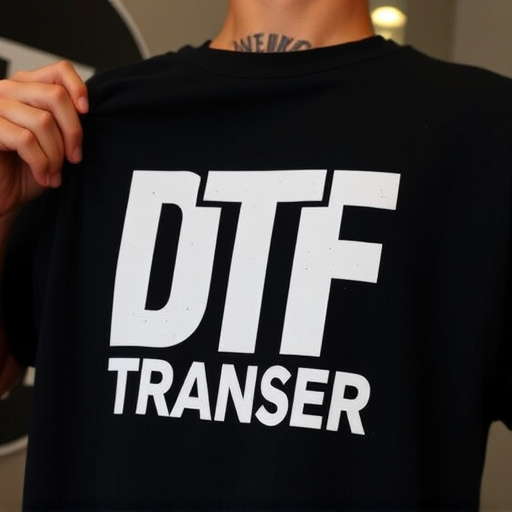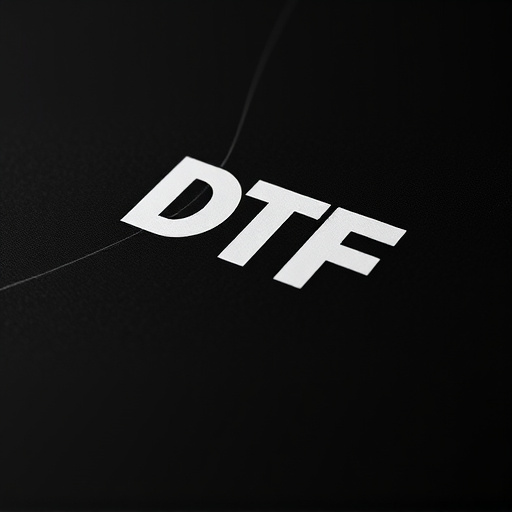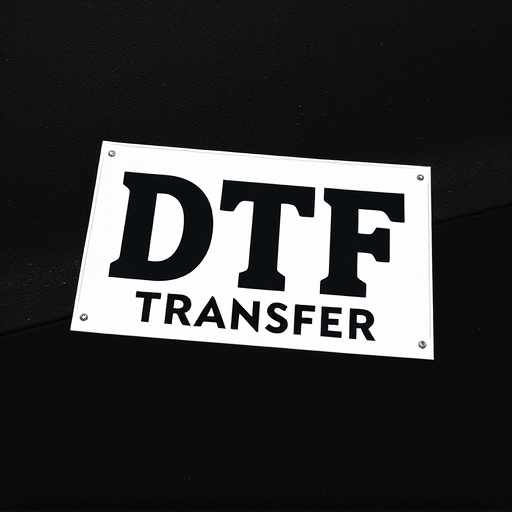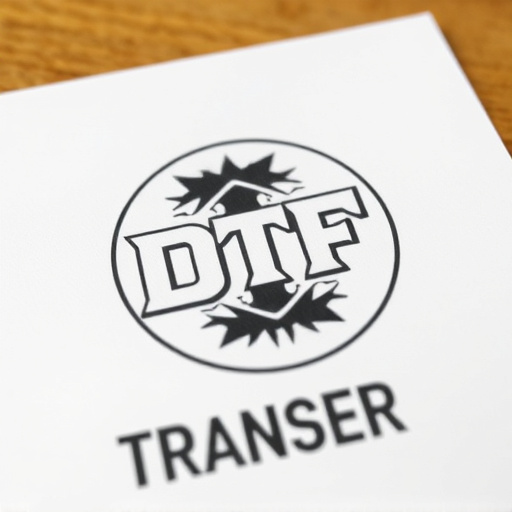Direct to Fabric (DTF) printing is a versatile and efficient method for applying designs onto synthetic fabrics. It offers fast production times, vibrant colors, and durability. Choosing the right fabrics with suitable porosity like polyester or cotton blends, along with DTF-specific inks, ensures high-quality prints. Ink compatibility, fabric composition, surface treatment, and precise heat/pressure application parameters significantly impact print quality. Mastering these variables allows for flawless DTF prints on apparel, home decor, and outdoor gear. Regular calibration and tailored color profiles help maintain consistent color accuracy across different fabrics.
Compatibility is key when it comes to synthetic fabric applications using Direct-to-Fabric (DTF) transfer printing. This comprehensive guide delves into the intricacies of DTF technology, offering a detailed overview for designers and printers. From understanding the DTF transfer process to selecting the ideal fabric, choosing compatible inks, and mastering heat application, each step ensures optimal print quality. Learn how to navigate common challenges, ensuring successful DTF prints every time. Discover the secrets to achieving vibrant, long-lasting DTF transfers on a variety of synthetic fabrics.
- Understanding DTF Transfer and Printing: A Comprehensive Overview
- Materials Compatibility: Key Considerations for DTF Applications
- Choosing the Right Fabric: Ensuring Optimal DTF Print Quality
- Ink Compatibility: Factors Influencing DTF Transfer Success
- Heat Application: Temperatures, Pressures, and Timing for Perfect DTF Prints
- Common Challenges in DTF Printing and How to Overcome Them
Understanding DTF Transfer and Printing: A Comprehensive Overview
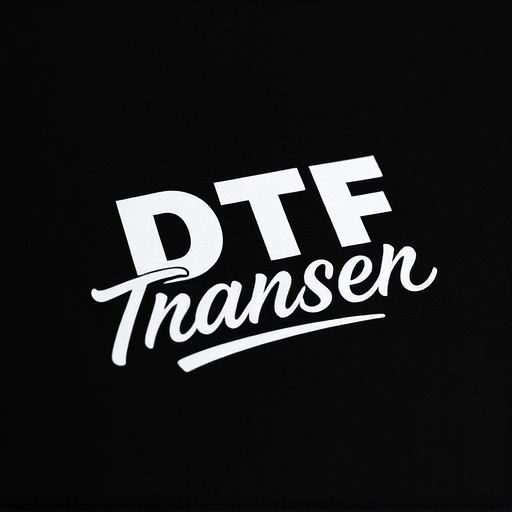
Understanding DTF Transfer and Printing is essential in navigating the world of synthetic fabric applications. DTF (Direct to Fabric) Transfer involves a process where designs are directly applied onto fabrics using heat and pressure, enabling high-quality prints on a variety of materials. This method has revolutionized textile printing by offering faster production times, vibrant colors, and exceptional durability—all critical factors for modern synthetic fabric applications.
DTF Printing allows for intricate and detailed designs to be precisely transferred, making it ideal for creating unique and personalized fabrics. The process starts with preparing the design digitally, followed by transferring the image onto the fabric using specialized printers and heat presses. This technique ensures that DTF prints are long-lasting, making them suitable for outdoor use, apparel, and even home decor items. By understanding DTF Transfer and Printing, users can unlock endless possibilities in creating and customizing synthetic fabric products.
Materials Compatibility: Key Considerations for DTF Applications
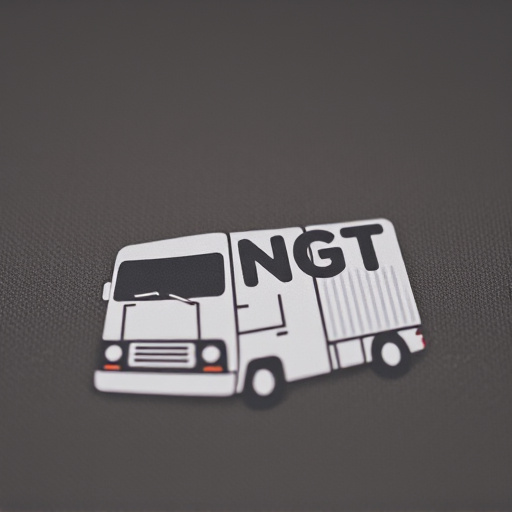
When considering materials compatibility for Direct to Fabric (DTF) applications, several key factors come into play. Choosing the right fabrics and inks is crucial for achieving high-quality, long-lasting DTF prints. Key considerations include fabric type, ink composition, and adherence properties.
For optimal DTF transfer, selecting fabrics with smooth surfaces and suitable porosity is essential. Common choices include polyester, cotton blends, and nylon, as they generally accept ink well and provide sharp, vibrant DTF prints. In contrast, materials like rough textures or heavily woven fabrics may present challenges in ink adhesion. Additionally, the compatibility of inks with specific fabrics is paramount; using appropriate DTF printing inks designed for the chosen fabric type ensures optimal bonding and color vibrancy.
Choosing the Right Fabric: Ensuring Optimal DTF Print Quality
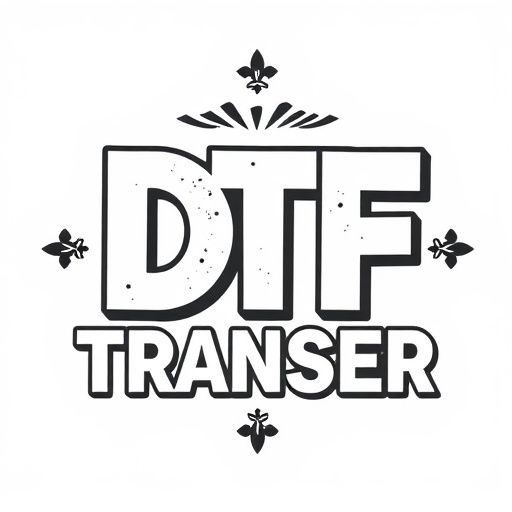
When selecting a fabric for Direct-to-Fabric (DTF) printing, understanding its characteristics is key to achieving high-quality DTF transfers and prints. The right fabric choice ensures optimal adhesion of ink, vibrant colours, and long-lasting durability of the final design. Look for fabrics with smooth surfaces that allow ink to bond effectively, as rough textures can lead to inconsistent print results.
Natural fibres like cotton and linen are popular choices due to their breathability and comfort, making them suitable for apparel and home decor applications. Synthetic fabrics, such as polyester and nylon, offer excellent dimensional stability and quick drying times, which is beneficial for demanding uses like sportswear or outdoor gear. Pay attention to the recommended printing guidelines of each fabric type to ensure the best DTF printing experience, resulting in crisp, vibrant DTF prints.
Ink Compatibility: Factors Influencing DTF Transfer Success

The success of a Direct to Fabric (DTF) transfer process heavily relies on ink compatibility. Choosing the right ink is pivotal as it ensures the vibrancy and longevity of DTF prints on synthetic fabrics. Several factors influence this compatibility, including the fabric’s material composition, its surface treatment, and the specific properties of the ink used. For instance, certain inks may adhere better to smooth, polyester-based fabrics compared to knits or those with a textured finish.
Additionally, the temperature and pressure applied during the transfer process play a role. Inks with higher heat requirements might not be suitable for all synthetic blends, as excessive heat can cause material distortion or even melting. Conversely, inks that require lower temperatures could result in weak adhesion if not compatible with the fabric’s makeup. Thus, understanding these interactions is key to achieving high-quality DTF prints on synthetic fabrics.
Heat Application: Temperatures, Pressures, and Timing for Perfect DTF Prints
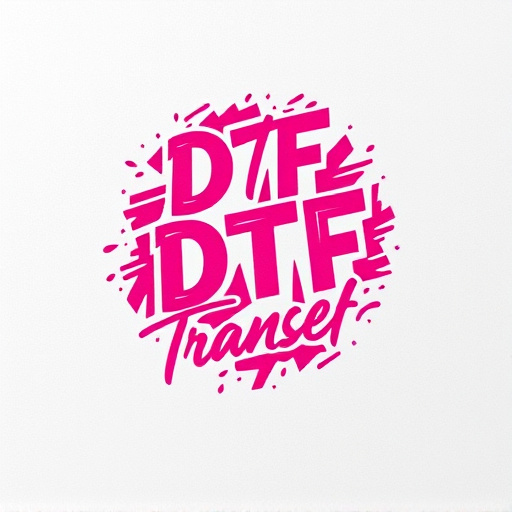
Direct-to-fabric (DTF) transfer printing is a precise process that requires careful consideration of heat application parameters to achieve perfect DTF prints. The key factors here are temperature, pressure, and timing. Optimal temperatures for DTF printing typically range between 180°C to 200°C, ensuring the fabric stays flat during the print process without causing any damage or color shift. This temperature is applied under specific pressures, usually around 15-20 PSI, which helps in transferring the design onto the fabric smoothly and evenly.
Timing plays a crucial role too; exposure to heat for the right duration ensures the inks fuse with the fabric fibers, creating durable DTF transfers. Typically, this process takes anywhere from 30 seconds to 2 minutes, depending on the fabric type and the desired print quality. Precise control over these variables is essential for delivering high-quality, vibrant DTF prints that meet the demands of various applications, from apparel to home décor.
Common Challenges in DTF Printing and How to Overcome Them
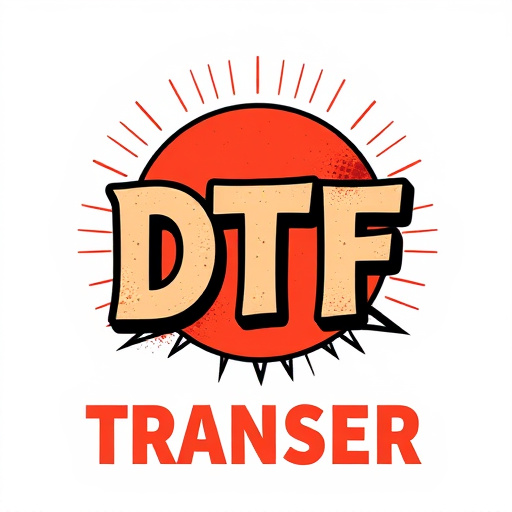
Direct-to-fabric (DTF) printing has gained immense popularity for its versatility and ability to produce vibrant, high-quality prints on various materials. However, along with its advantages come several common challenges that users often face. One of the primary issues is achieving consistent color accuracy across different fabrics, especially when transitioning from digital design to physical print. This inconsistency can be attributed to variations in fabric composition, porosity, and absorption properties, leading to color shifts or uneven printing.
To overcome these challenges, printers need to consider optimizing their DTF transfer processes. Using high-quality inks specifically formulated for DTF applications ensures better adhesion and color fidelity. Pre-treating fabrics with suitable primers can also enhance ink absorption, resulting in more consistent prints. Additionally, calibrating printing devices regularly and utilizing color profiles tailored for specific fabric types can significantly improve the accuracy of DTF prints. These strategies help users achieve professional-looking DTF transfers, ensuring their designs are accurately reproduced on various synthetic fabrics.





